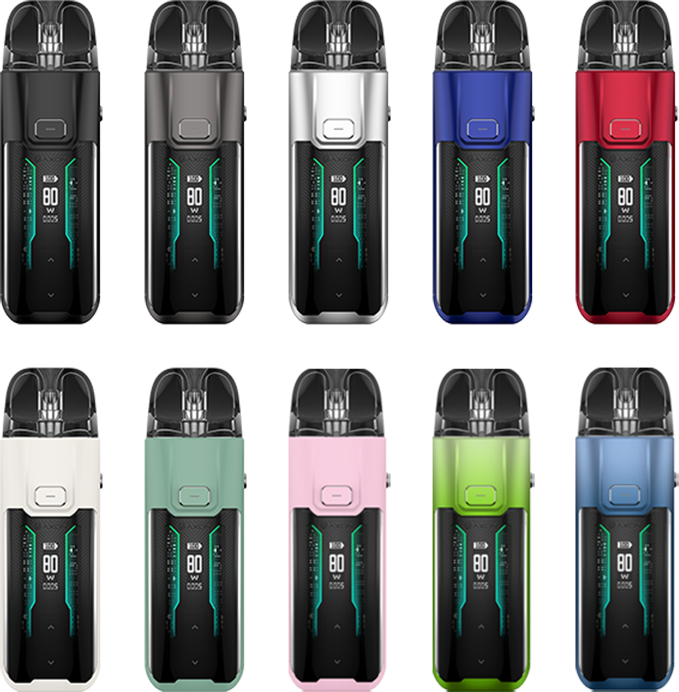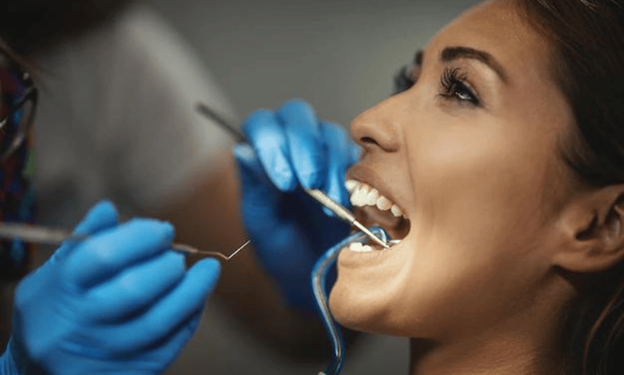
Managing ADHD In Children: Behavioral Strategies From ABA Therapy
Understanding ADHD In Children
Attention-Deficit/Hyperactivity Disorder (ADHD) is a neurodevelopmental condition marked by inattention, hyperactivity, and impulsivity, affecting academic and social development. It often persists into adulthood, making early intervention crucial. Children with ADHD may struggle with focus, following instructions, and social interactions, leading to frustration and low self-esteem. While its exact cause remains unclear, genetic, environmental, and neurological factors play a role. Understanding ADHD helps parents create a supportive environment and seek effective treatments, including behavioral therapies that can significantly improve symptom management.
Overview Of ABA Therapy
Managing ADHD in children requires a combination of patience, knowledge, and effective strategies. Applied Behavior Analysis (ABA) is a data-driven therapeutic approach that modifies behavior through observation and reinforcement. While widely used for autism, it is also effective in managing ADHD by breaking down tasks and reinforcing positive behaviors. ABA is highly individualized, allowing therapists to tailor strategies to each child’s needs. Collaboration among therapists, parents, and teachers ensures consistency across environments, helping children develop essential skills and reduce challenges. By focusing on positive reinforcement, structured routines, and parental involvement, caregivers can empower children to navigate their challenges successfully. As research advances, new techniques will continue to enhance ADHD management, highlighting the importance of early intervention and evidence-based approaches. The goal of ABA therapy is to enhance independence and overall quality of life. By advocating for access to proven therapies and fostering a supportive environment, caregivers can help children with ADHD thrive and reach their full potential.
Importance Of Behavioral Strategies In ADHD Management
Behavioral strategies are essential for managing ADHD, especially when combined with medication, according to Kimball Health Services. These approaches teach children to recognize and regulate their behaviors, leading to long-term improvements. Positive reinforcement encourages desirable actions by rewarding achievements, reducing impulsivity and hyperactivity while boosting self-esteem. Additionally, behavioral strategies help develop problem-solving and emotional regulation skills, improving social interactions and overall well-being. By addressing both symptoms and life skills, these interventions support the holistic development of children with ADHD.
Implementing ABA Techniques For ADHD
Implementing ABA techniques for ADHD starts with a thorough assessment to identify the child’s unique needs. Therapists gather input from parents, teachers, and the child to develop targeted interventions. Visual supports, such as charts and schedules, help establish routines and expectations, reducing anxiety and improving focus. Self-monitoring strategies empower children to recognize their behaviors, track progress, and develop self-regulation skills. Positive reinforcement, such as praise or rewards, further encourages desired behaviors. By fostering independence and accountability, ABA techniques provide children with lifelong tools for managing ADHD effectively.
Positive Reinforcement In ABA Therapy
Positive reinforcement is a key component of ABA therapy and is highly effective for children with ADHD. By rewarding desired behaviors with praise, tangible rewards, or privileges, children are more likely to repeat positive actions. This approach shifts the focus from punishment to encouragement, creating a supportive learning environment. ABA therapy, widely used for autism, also helps manage ADHD by breaking down tasks and reinforcing positive behaviors. Tailoring rewards to a child’s preferences, such as stickers, playtime, or verbal praise, enhances motivation. Consistency is crucial—immediate reinforcement strengthens the connection between behavior and reward. Over time, children internalize these behaviors, leading to greater independence and self-regulation.
Addressing Impulsivity And Hyperactivity
Managing impulsivity and hyperactivity in children with ADHD requires structured routines, clear expectations, and behavioral strategies. Establishing consistent rules with visual reminders helps children understand boundaries, reducing impulsive behaviors. Mindfulness techniques, such as deep breathing and meditation, promote self-awareness and emotional regulation, encouraging deliberate decision-making. Additionally, regular physical activity provides a productive outlet for excess energy, improving focus and overall well-being. By integrating these approaches, caregivers can create a supportive environment that helps children with ADHD manage their symptoms effectively.
Improving Focus And Attention
Improving focus in children with ADHD requires structured strategies tailored to their needs. Breaking tasks into smaller steps prevents being overwhelmed and enhances engagement, while frequent breaks, such as movement or deep breathing exercises, help reset attention. Creating a distraction-free environment by minimizing noise and using designated workspaces supports concentration, and tools like timers, checklists, and visual aids reinforce organization. Hands-on learning and interactive activities can further boost engagement and retention. By implementing these strategies, caregivers can help children develop better attention skills, leading to improved academic success, confidence, and daily functioning.
Parental Involvement In ABA Therapy
Parental involvement plays a crucial role in Applied Behavior Analysis (ABA) therapy for children with ADHD, ensuring consistency and reinforcing behavioral strategies across various settings. By actively participating in training sessions, parents gain a deeper understanding of ABA therapy techniques, allowing them to support their child’s progress at home through positive reinforcement and data collection. Open communication between parents and therapists fosters collaboration, enabling necessary adjustments based on real-life observations. Additionally, modeling behaviors taught in therapy, such as self-monitoring techniques, reinforces learning and strengthens parent-child teamwork in managing ADHD effectively. This hands-on involvement enhances the child’s development and overall success in therapy.
Conclusion And Future Outlook
Managing ADHD in children requires a combination of patience, knowledge, and effective strategies. ABA therapy offers a structured approach that emphasizes positive reinforcement, consistency, and parental involvement, helping children develop essential skills for self-regulation and success. As research advances, new techniques will continue to enhance ADHD management, highlighting the importance of early intervention and evidence-based approaches. By advocating for access to proven therapies and fostering a supportive environment, caregivers can empower children to overcome challenges and reach their full potential. With dedication and the right support, children with ADHD can thrive and lead fulfilling lives.
















